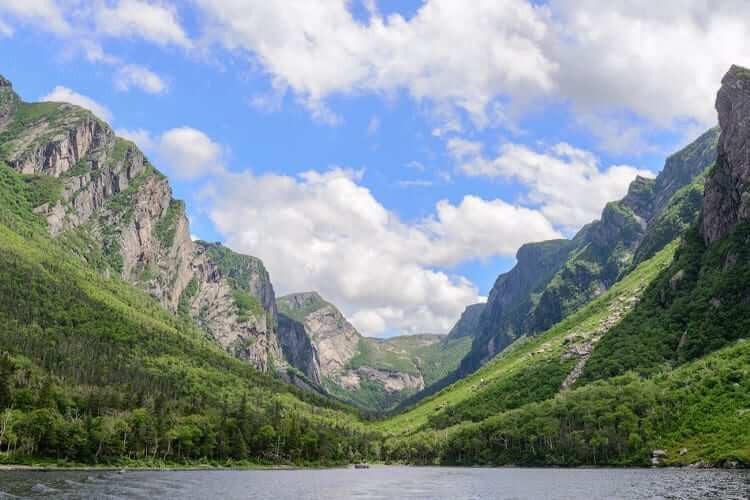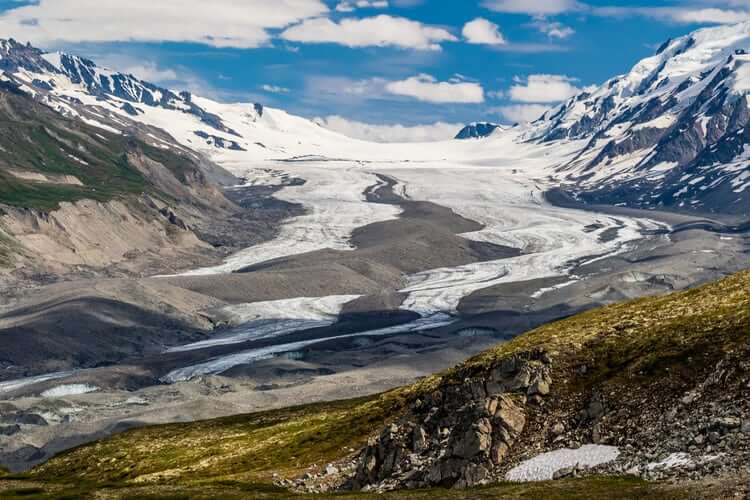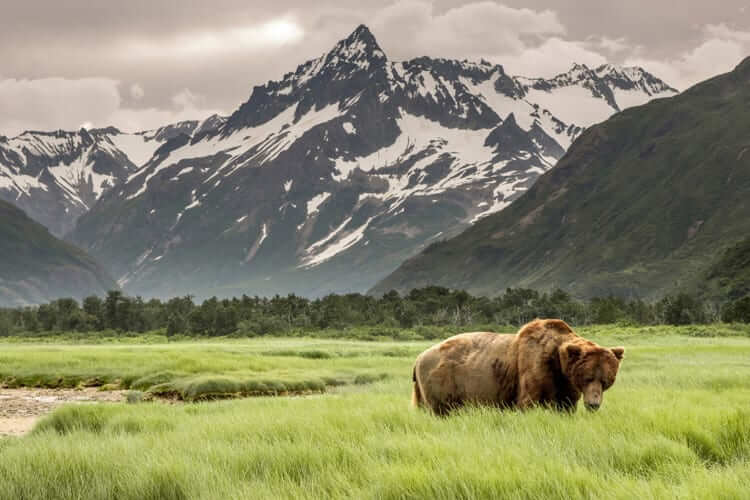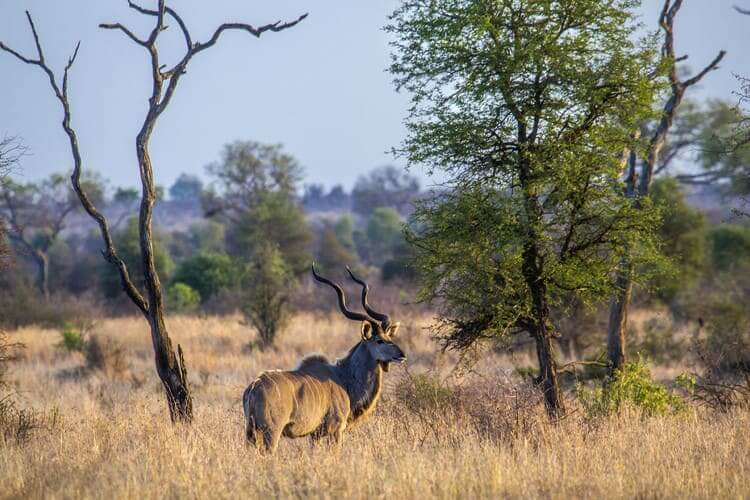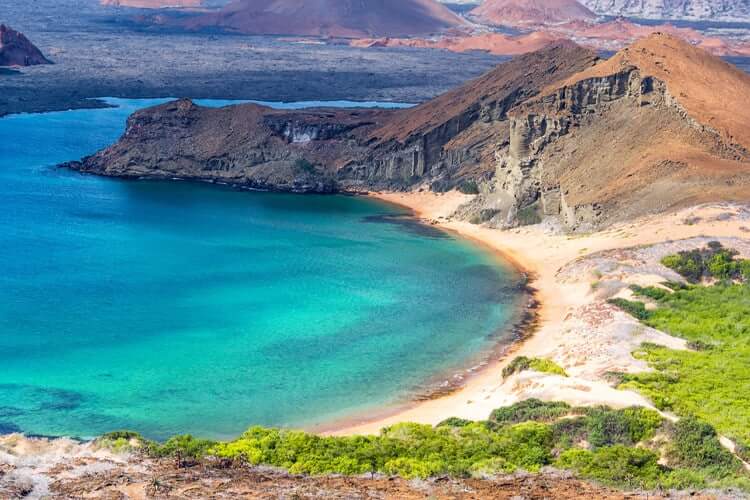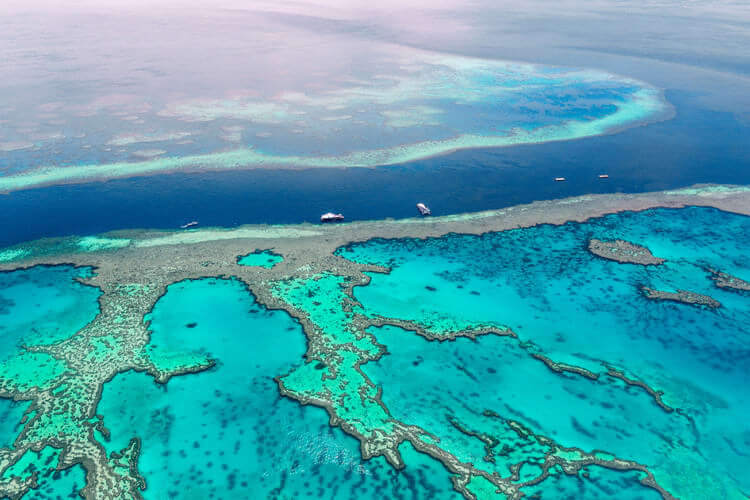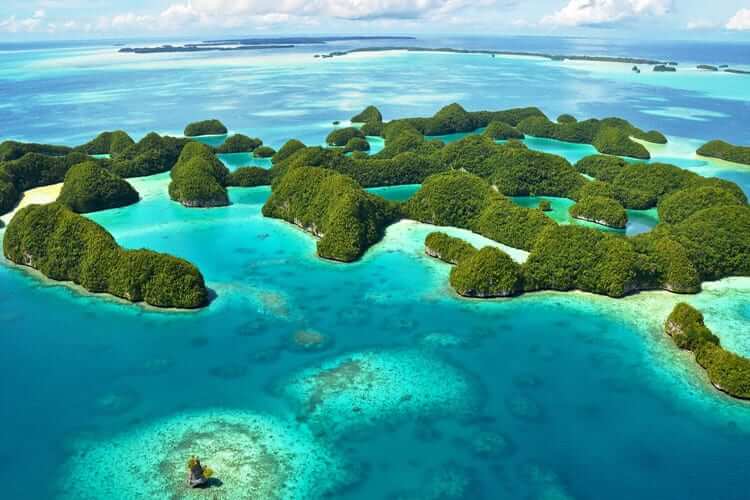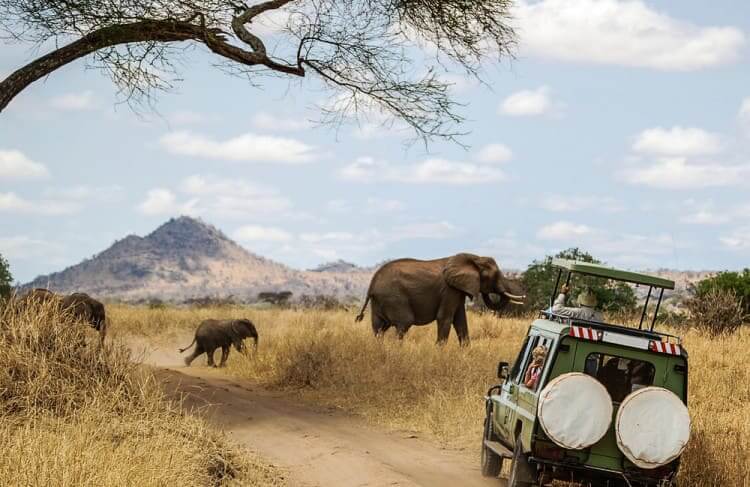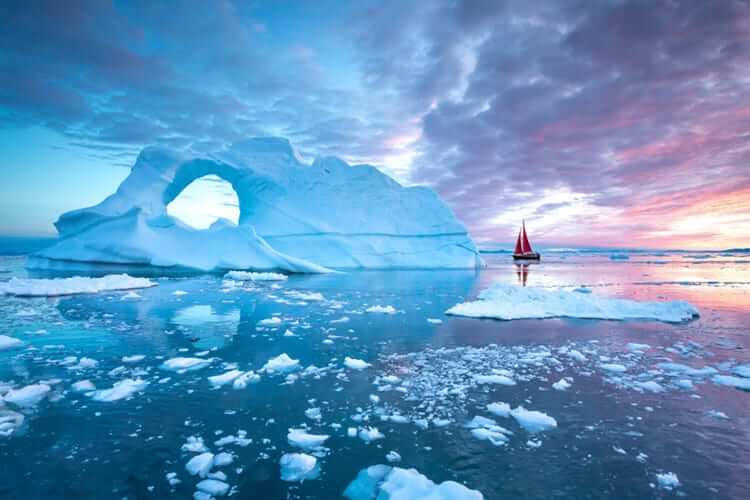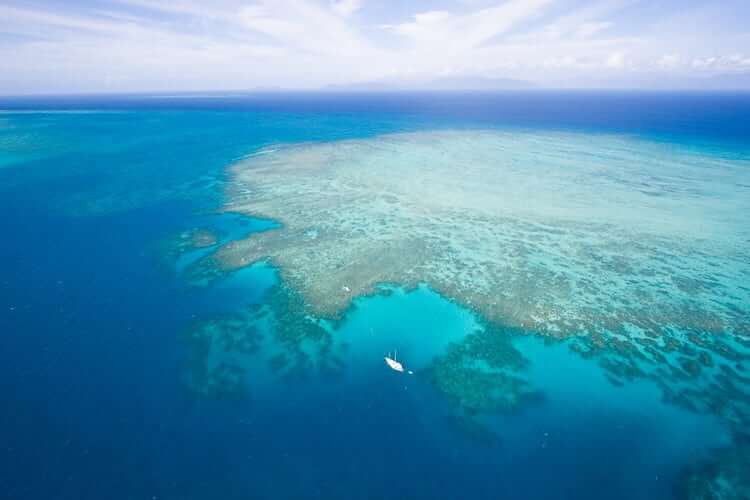Ever imagined yourself as an Indiana Jones-type who loves exploring the untamed wilderness? In our modern life it might be hard for many people to imagine just walking through nothing but pristine nature, but that is exactly what national parks offer. These parks cover massive areas of both water and land with some of the most diverse plant and animal species in the world. Their beauty is unmatched, and their size rivals that of most countries! So get your suitcase ready and be prepared to be transported to some of the world's biggest and most beautiful national parks.
#10 Queen Maud Gulf Migratory Bird Sanctuary, Canada - 23,847mi²
In a nation that takes immense pride in its beautiful wilderness, the Queen Maud Gulf Migratory Bird Sanctuary protects more of that natural beauty than any other park in Canada. The national park was established in 1961 and was considered necessary for safeguarding many of the world's geese who flock to this beautiful land. But not only geese find refuge here, many species of birds along with other species like caribou, muskoxen, bears, and wolves call this place home, with many arctic seals raising their cubs along the sanctuary's arctic shores.
#9 Yukon Delta National Wildlife Refugee, Alaska - 29,938mi²
Set aside by President Theodore Roosevelt in 1909, the area was considered a critical region for many of the native birds to breed and give birth. Most of the area is buried in frost and is relatively flat, with much of the land being watered by Alaska's two largest rivers: the Yukon and the Kuskokwim. These rivers are home to nearly 44 species of fish and are a critical breeding ground to all 5 species of Pacific Salmon. Additionally, this national park is home to 25,000 Yup'ik Eskimos who, like their ancestors, continue to sustain off the land.
#8 Arctic National Wildlife Refuge, Alaska - 30,136mi²
Located in the northeastern corner of Alaska, this area is well known for large amounts of critical sea ice, which sits just off the coast of this stunning national park. Within the park itself are large quantities of, mainly frozen, marshes, river deltas, lagoons, and coastal tundra. This pristine land is vital to many species of birds, fish, and other animals. Recently though, the Trump administration has decided to make the area accessible for oil and gas drilling leaving many to wonder what might become of this once protected sanctuary.
#7 The Great Limpopo Transfrontier Park, South Africa, Mozambique & Zimbabwe 38,533mi²
In 2001, a historic decision was made between three African nations to create a national park that would encompass land from all of them. These nations were South Africa, Mozambique, and Zimbabwe. For years they'd had a fence along their borders that cut through the national park and blocked off many of the animal's migratory patterns, which were essential to their breeding habits. Today, these animals, including thousands of elephants, walk freely between the three countries.
#6 Galapagos Marine Reserve, Ecuador - 51,352mi²
Containing one of the most unusual and diverse ecosystems in the world (the Galapagos Islands) the Galapagos Marine Reserve is the largest marine reserve of any developing nation. Divers often come face to face with whales, sharks, and even whale sharks, along with many other species who swim through these waters. Unfortunately, the area has been under threat from illegal overfishing, and the introduction of cats and dogs to the island is also causing problems to the island's fragile ecosystem.
#5 Great Barrier Reef Marine Park, Australia - 132,974mi²
You've probably seen Australia's magnificent Great Barrier Reef Marine Park mentioned in the news at least once or twice. Home to 10 percent of all the world's coral reefs, this fragile underwater structure is so massive that it can even be seen from space! The great barrier reef was made a protected national park so as to limit the activities of fishing and removing wildlife from the park. Additionally, shipping lines must follow very narrow paths so as to avoid harming the reef.
#4 Phoenix Islands Protected Area, Republic of Kiribati - 157,626mi²
Resting halfway between Hawaii and Australia, the Phoenix Islands Protected Area is located in the Republic of Kiribati, an island nation in the central pacific. This nation is responsible for administering and protecting one of the most biologically important areas within the Polynesian/Micronesian hotspot which happens to be about the size of California. Although they have been criticized in the past for their allowance of commercial fishing, by January 2015 all commercial fishing had been officially halted by this oceanic nation.
#3 The Kavango Zambezi Transfrontier Conservation Area, Zambia, Botswana, Namibia, Zimbabwe, and Angola - 200,739mi²
This massive national park stretches across five African nations and includes major portions of some of the most important rivers in the southern region of Africa. Not only does the park contain some truly beautiful sights, such as Victoria Falls, but the array of wildlife species has made this national park a go-to for many safari adventure seekers, and an important source of income for the nations responsible for this unique region.
#2 Northeast Greenland National Park, Greenland - 375,291mi²
As the name might suggest, the Northeast Greenland National Park is located in northeastern Greenland. This national park is so big that if it were its own country it would be the 31st largest country in the world, sitting between Egypt and Tanzania. Despite its massive site, there are no permanent human settlements there, with temporary sites being used mostly during the summertime. Animals as diverse and beautiful as polar bears, walruses, musk oxen, and whales make this park an easy pick for polar adventure seekers.
#1 Papahānaumokuākea Marine National Monument, US, Hawaii - 583,014mi²
Stretching over half a million square miles, this beautiful stretch of the Pacific Ocean is considered a sacred place to the native Hawaiians. According to legend, it is the place where all life springs from and, quite honestly, we can see why. This massive national park supports over 7,000 different species, with new species being discovered all the time! Early this year, for instance, scientists made an important (although sadly unfortunate) discovery when they learned that a new species of seaweed had been killing large patches of coral.
